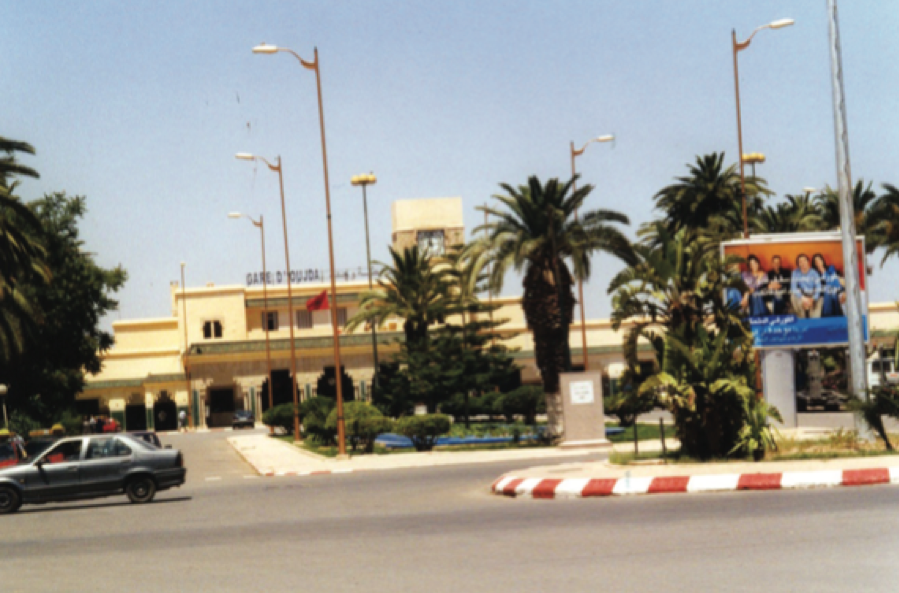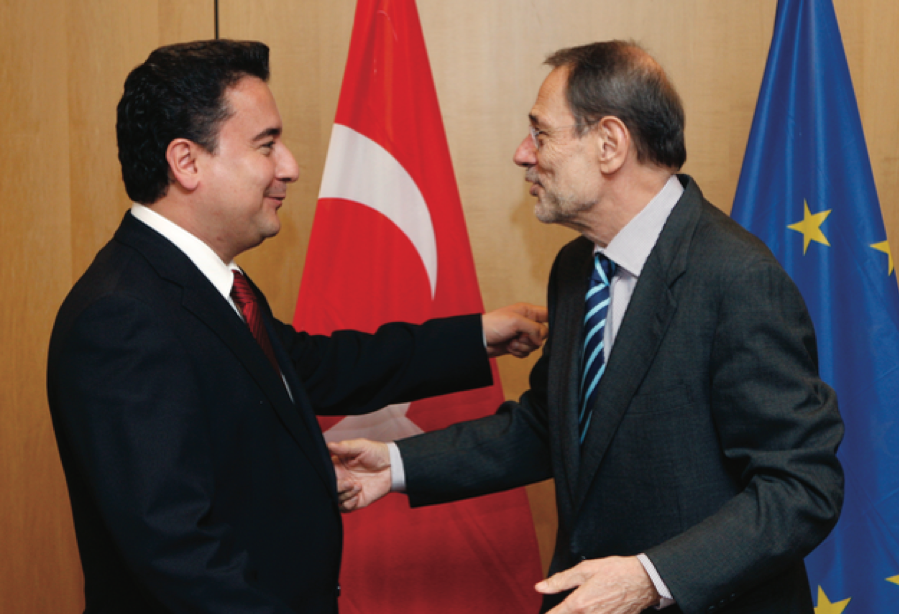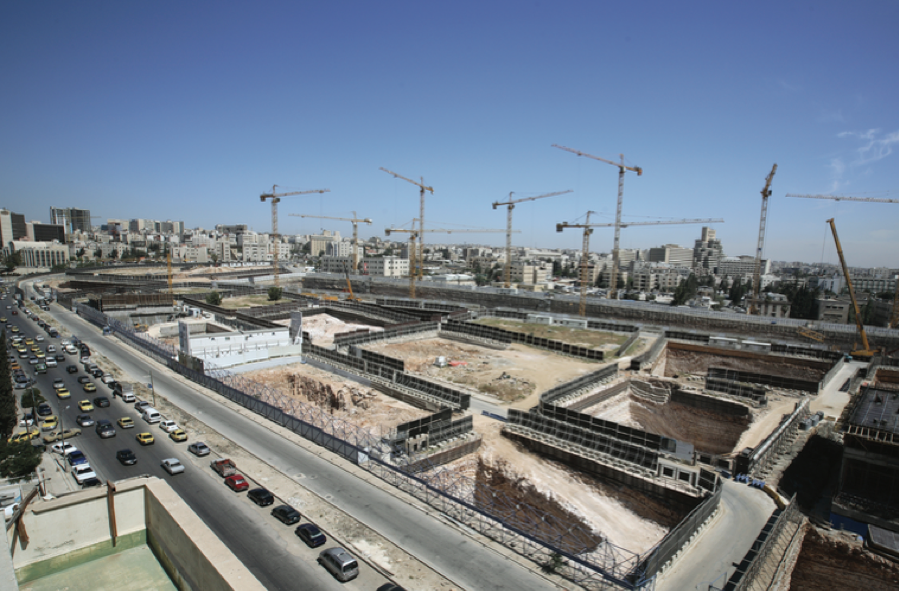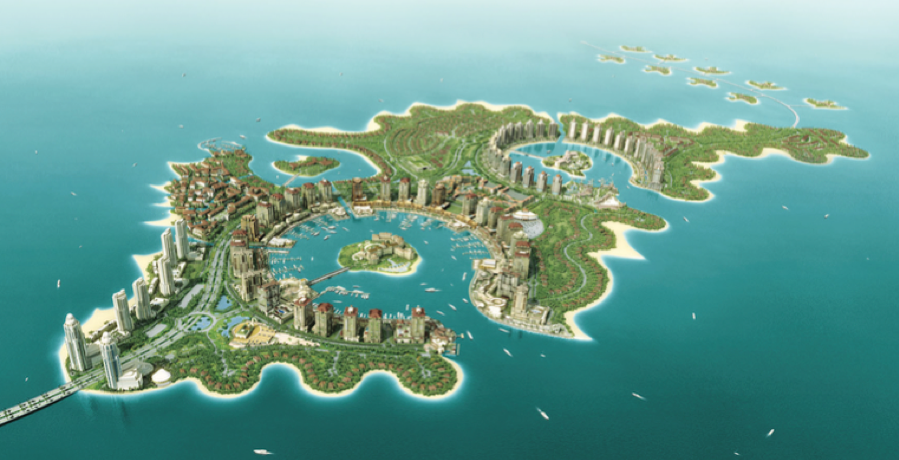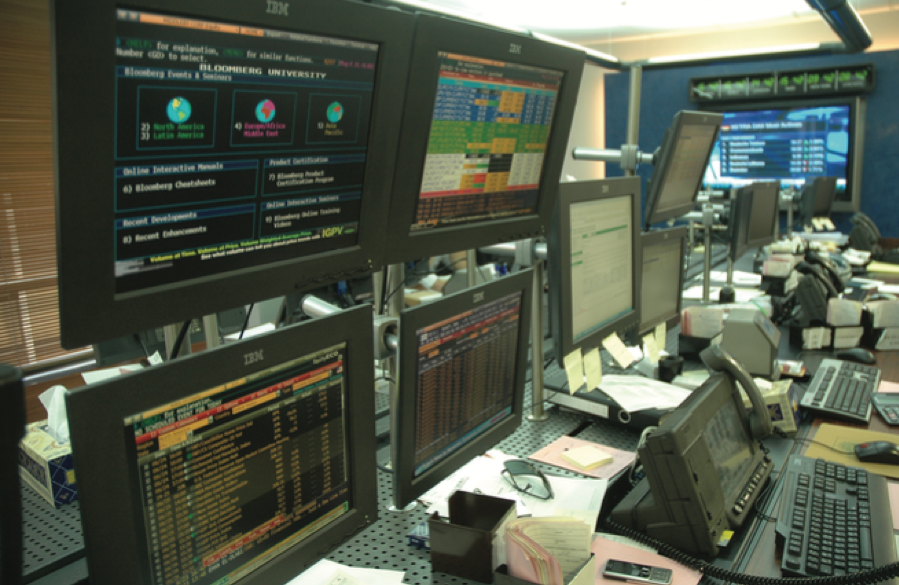At the Festival of World Sacred Music in Fes, artists and scholars from all over the world converge on this ancient Islamic capital to ruminate on the sacred and its relation to modernity. American gospel singers, Sufi brotherhoods, French postmodern philosophers, Jewish psychoanalysts, Lebanese Maronite Christians and Vietnamese Buddhists are just a fraction of the various groups represented at the Festival’s three events, which aim to promote intercultural dialogue and to advance an understanding of spirituality as inclusive and pluralistic. A more material objective of the Festival is to shine a spotlight on Fes, which is emerging in recent years as a tourist destination with high potential for investments and hospitality.
A nation-wide movement to generate 20% of GDP from tourism by 2010 is pumping new flows of investment into a city considered by many to be a cradle of Islamic civilization in the Maghreb. Years of neglect have taken a visible toll on the nobility of this ancient medina, whose ramshackle poverty poses a stark contrast to the sacred aura of sanctuaries like Al Qarawiyin University and the Madersa Bouanania. The Festival of World Sacred Music and similar cultural festivities form part of a broad campaign to transform the demoded medina of Fes into a hot spot for travelers seeking an out-of-the-ordinary experience.
“The Fes-Boulemane region is a very important tourist destination, of primary importance on the national scale,” said Lamia Hanoune, press officer for the Regional Center of Investment (CRI) in the Fes-Boulemane region. “The Program for Developing Regional Tourism in Fes perceives festivals as a cardinal asset, in the sense that they translate and valorize the patrimonial, spiritual, cultural, and gastronomical riches of the Medina of Fes.”
In addition to hosting the Festival of Sacred Music, Fes’ other annual offerings include Jazz in Riads, the Festival of Amazigh (Berber) Culture and festivals of Melhoun and Andalusian music. According to the Fes CRI, the amount of global investment projects in the Fes region reached a total of $1.36 billion in May 2008, with tourism-related projects accounting for 27% of the 79 projects involved.
A tapestry of heritage
Moroccan culture, a unique blend of Arab, Berber, Andalusian, Jewish, and sub-Saharan influences, has been drawing foreign visitors for more than a millennium. Fes, which celebrates its 1,200th birthday this year, was historically the cultural and spiritual capital of Morocco, world-famous for the scholarship and art in its two bustling medinas. In the 20th century, as Casablanca and Rabat became the new economic and political centers of modern Morocco, the money and power that infused these capitals drained out of Fes, which fell into a period of stagnation and decay. Today, this humbled city is badly in need of an extreme makeover.
It was not until 2001 that authorities started to see potential in the old imperial city, as just-coronated King Mohammed VI advanced his socio-economic development plan, Vision 2010, in which tourism plays a prominent role. The plan aims to welcome 10 million tourists a year to the kingdom, creating 600,000 new jobs, and bringing in $14 billion of investment. Under the plan, the tourism industry will grow to constitute 20% of the country’s GDP by 2010. Although the 9/11 attacks contributed to a brief downturn in tourism, indicators were quick to recover, and have since been steadily approaching their targets. Between 2001 and 2007, the number of tourist arrivals nearly doubled, with the kingdom hosting 7.4 million tourists last year, compared to 4.4 million in 2001.
Many tourists choose Morocco for its warm, sunny weather, Mediterranean beaches, and close proximity to Europe (these features being enhanced by the kingdom’s political stability and cultural openness towards foreigners). Nearly all Moroccans speak French or Spanish, and top-notch accommodations are easy to find and cheaper than their European counterparts. But what really sets Morocco apart as a tourist destination is its rich Oriental/African culture. The Festival of Sacred Music and similar events, in celebrating this cultural history, at the same time, propel it into the future.
Ali Diouri, the Festival’s Director of Production, sees a synergy between the culture of the city and its spirituality. “The city has a soul — one feels it. Culture and spirituality go together: spiritual inspiration leads to artistic inspiration,” he said. And while Fassi spirituality is decidedly Islamic, it has always been hospitable towards other religions and cultures. The Festival seeks to reflect this openness. “This is a festival of sacred music from all religions, from all cultures,” Diouri pointed out. “We are succeeding in promoting the message that all religions and all cultures sing of one thing, the same euphoria… The city of Fes has always inspired a sense of peace.”
During the one week of the Festival of World Sacred Music, blessed with a robust global budget of $1.89 million, up to six times the normal number of tourists come to Fes. Organizers estimate this year’s attendance at 30,000, reaching 80% of capacity. The Festival and similar events are breathing new life into the medina and laying the groundwork for further social and economic development of the region, which posts high levels of poverty, crime and unemployment.
Need for social development
Poverty stains the city, creating uncomfortable contradictions between the wealth of foreign visitors in Fes for a good time and the misery of citizens who dream only of leaving the country. The development of culture requires decent living conditions, as an old Moroccan proverb reminds us: When the belly is full, the head will sing.
New efforts are already underway. The National Initiative for Human Development (INDH) has invested more than $30 million in human development projects since 2005, with a budget of $13 million for 2008. Mohammed Gherrabi, governor of Fes, called such efforts “overwhelmingly positive, in the sense that they permit the improvement of the living conditions of the population, reinforce the principal of good governance, and implicate and integrate citizens into the economic life of the city, anchoring their confidence in the future.”
Foreign and national investments are stimulating the local economy and creating jobs, as well as renovating antiquated structures and improving human resources capacity. Local press reports that in 2007, $1 billion was invested in the tourism sector, allowing for the creation of more than 13,000 jobs. Global hospitality magnate Accor Group, present in over 100 countries, supports the Festival of World Sacred Music through its Moroccan partner organization Objectif Maroc. A European leader in the hotel industry and a global leader in services, whose hotels include the ubiquitous Sofitel, Novotel, and Ibis chains, Accor Group’s expanding influence in the region is improving human resources potential by bringing the world’s most modern and professional services and training programs to the regional tourism industry.
Impressive growth in business creation proves that social and economic development efforts are already paying off. According to Fouad Ouzzine, director of the Fes Regional CRI, in 2007 a total of 2, 327 operating permits were granted to entrepreneurs (up 10% from 2006), creating 1,000 businesses (up 36% from 2006). From 2003 to 2007, each year has seen an average increase of 33% in terms of business creation.
Mike Richardson’s three-story Café Clock has barely been open a year, and he has already bought a neighboring riad into which he plans to expand his business. He finds that the city’s cultural heritage and spiritual identity are strong assets that enhance its economic potential. Café Clock’s concerts, henna sessions, and art exhibitions succeed in drawing both tourists and locals, with tourists constituting a slight majority (65%, in his estimate) of his clientele. The Festival of Sacred World Music doubled his business. “I came to Fes to buy a house, but now I’ve realized how important the cultural side is. Moroccans love to be entertained… and there is a collective hurtling toward modernity.”


